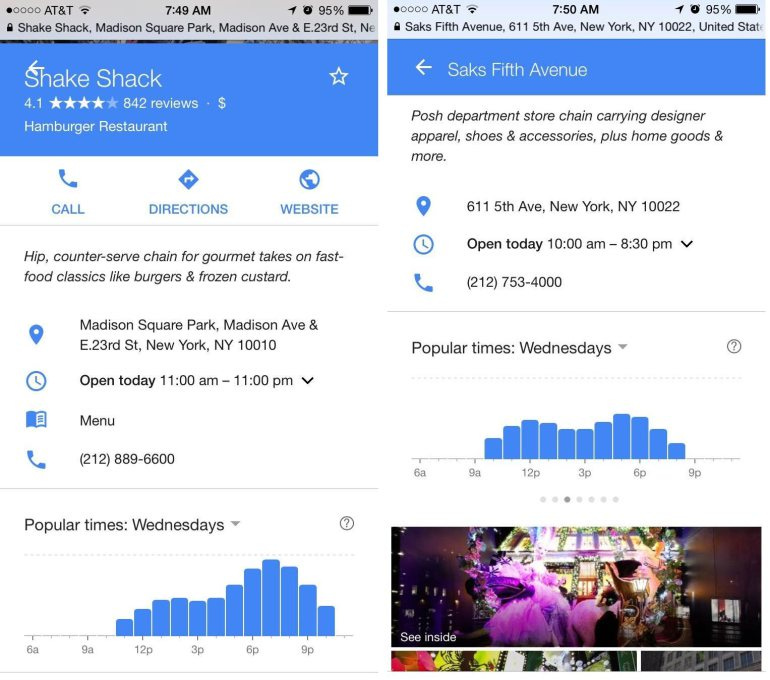Can tech fix our carrying capacity?
The carrying capacity of an ecosystem is the number of creatures it can support. In many cases, you can calculate the capacity, and there are checks and balances that prevent the ecosystem from collapsing—too many deer, and the wolves catch more food, culling the deer herd.

Some people estimate that the planet can handle around 10 Billion humans, and that if we get beyond that there are serious questions about fundamentals like sanitation.
Humans adjust their carrying capacity

But we've been wrong before. In the 1950s, the book The Population Bomb warned of impending collapse and widespread starvation. The most common criticism of the book was that while the authors took population growth into consideration, they failed to account for changes in available resources.
The carrying capacity of humans is hard to figure out, because we tend to solve our own constraints (for better or worse.) Take Norman Borlaug, the biologist who bred disease-resistant, high-yield strains of wheat, and saved a Billion lives in the process. He changed the equation.
Information is a pretty good tool for extending our carrying capacity, too. Even as we speed up transportation, making it easy for diseases like Ebola or SARS to travel around the world in a weekend, we put together systems that spread information (and sometimes misinformation) just as quickly.
Cholera, for example, was a deadly disease across the whole world until we understood how it worked and could inform citizens, close wells, and implement safe sanitation. We've also done much better at lowering its fatality.
Cholera, reported number of cases and case fatality rates, 1950-1998
Seen through this lens, some of Google's recent feature upgrades are going to extend the capacity of our cities and civilizations. This might not seem like much, but it's pretty transformative, and I think it's a leading indicator of what tomorrow will be like. Consider two functions that Maps provides automatically: Alternate routes, and busiest times.
Alternate routes
When you use Google Maps, you send the company information about your rate of travel. Google uses this information to understand where traffic is slow, which in turn adjusts your estimated time of arrival. In aggregate, this is a huge amount of data about the realtime congestion of our streets.
In a recent update, Maps now offers alternate routes, showing whether they're faster or slower.
This means that we're maximizing the efficiency of roads—including alternate routes—in real time. Many of those alternate routes aren't things you'd know; in many cases they're the secret backroads known only to locals. But Maps knows them, and that's enough.
As more people use the service, traffic patterns will automatically adapt to congestion and accidents. Sure, the self-driving car will fix some of this as well. But Google has basically upgraded the carrying capacity of our roads.
Busiest times
Earlier this week Google announced a feature that shows you when a business is busiest. Once again, it can infer this based on search data—which is an intention to go somewhere—and people who've looked for the address, then moved to that location. It can also look at people who've turned on location services.

We still need fixes
I'm not pretending that fixing traffic congestion, or amortizing store demand over the shopping day, are anywhere near as serious as Cholera, famine, or climate change. But I do think that as a species, we live more and more of our lives online. Nearly 1.5 Billion of use Facebook every day; by this year, there will be more smartphones than people on the planet.
Google, and companies of its scale, gradually introduce new features into their products. The cumulative effect of these changes is a gradual increase in efficiency and automation. These things add up.
And now, have a look back at the Malthusian predictions of the Population Bomb.
